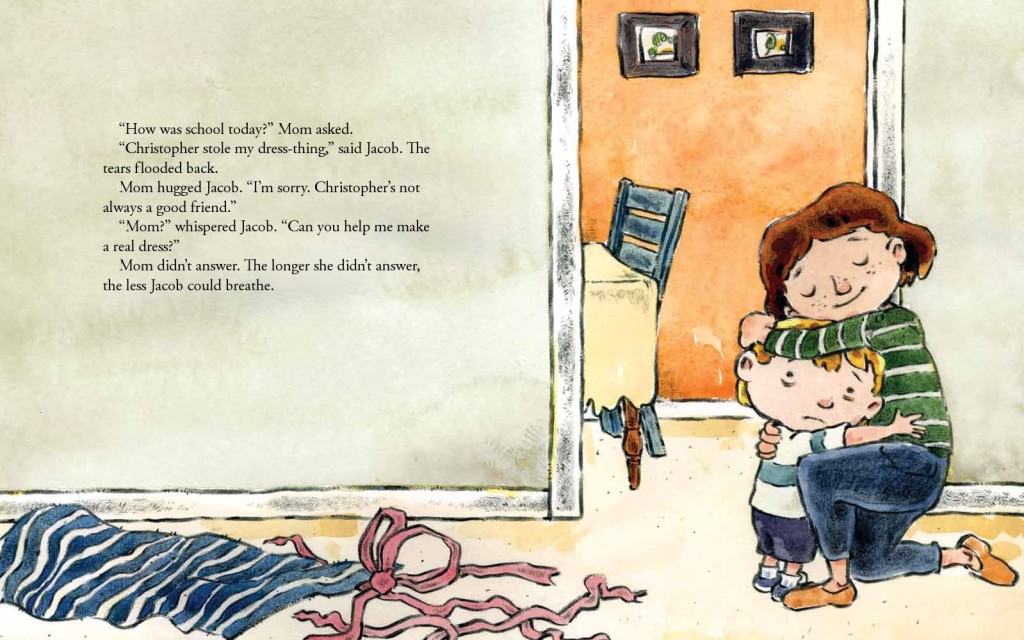Gender Norms and Queer Theory of Kids Media
Introduction
By Group 8
Are you aware of how much television and film have played a part in portraying strict gender normalities? Can you identify when and where you picked up your concepts of gender roles? Probably not. Our society has become blind to the hidden messages and stereotypes that are associated with gender, and our blog would like to break those down.
Unconscious decisions reflect larger messages, the gendered toys parents buy their children, the movies they allow them to watch such as classic Disney films, and the clothes or colors they dress them in. The larger message suggests that women should be domestic as well as that women need a man to come to their rescue, and save them from unhappiness (Huffington Post/BBC). The amount of exposure youth have to examples of media, toys, or communities which depict traditional masculine or feminine gender roles will inhibit how they identify with their gender as they grow in our society.
Movie-directors are not the sole blame for the saturation of gendered stereotypes and normalities. Parents and Guardians also play an active role in mitigating the amount of heavily-gendered media a child is exposed to. If you only let your son watch action movies and play with action figures he probably will associate that with being masculine, more than if you let him watch shows with female leads and play with dolls.
Examples and Research
Examples of films that have blurred the lines of gender roles and stereotypes but are slowly becoming more frequent. The film Mulan, depicts a woman playing the lead role, demonstrating that she can perform the same duties, if not more originally given to men. Gender norms are also tested in movies such as Brave or A League of their own. Both movies have women as the leading role and males as the supporting cast (commonsensemedia.org).

According to an article by CNN by age 6 kids learn their gender identity and the stereotypes. By age 10, kids will already know the certain qualities that each gender is mostly consisted of and by the time they are 13 they develop their own opinion and are concerned about what society will think of them. The article suggests that a good way to avoid these gender norms is start them young.When kids first watching t.v; parents should point out the difference between television and real life, make positive comments when you see gender equality, and show them support. Make them feel confident and tell them that society has no right to tell someone what they should or shouldn’t look like (CNN.com).
How Parent’s Are Reacting

The reactions towards the proposal of changing how children are brought up through parenting, visuals, or otherwise is a difficult discussion. Rachel Lu writes in The Federalist, that raising a child “gender-neutral,” is a terrible idea. Lu further explains that the chivalry-like nature of “boys” is something that she has in her home and thinks others can benefit from, saying,“Sisters, if you’d like to feel like Lady Guinevere, have some sons.” In short, Lu gives her reasons to believe that raising children in a gender-neutral environment is harmful because“Gender-neutral’ parents aren’t truly comfortable with masculinity…we need boys to aspire to manhood, not to see it as a matter of indifference…it’s impossible to give boys a fleshed-out picture of honorable manhood if they’re trapped in the entryway, trying to decide whether manhood is actually their goal.” (The Federalist).

On the other face of the coin, parents have explained their openness and acceptance of giving their children access to express themselves through any means necessary. The Atlantic released a video narrated by a father named Whit Honea, a co-founder of Dads 4 Change, explaining the dynamics between him and his wife, “In our home, I take on a lot of responsibilities that previous generations would have scoffed at,” he explains. “My boys are growing up in a word where I don’t think they’ve ever questioned whether or not a woman can be a doctor or a man could be a dancer. They’re not assigning roles to gender because that’s their reality. ” Some parents are moving to raise kids to be aware and mindful.
What Can You Do?
Seeing the pervasiveness of gendered roles in media, especially those geared towards children can be overwhelming. Luckily there are a lot of people and organizations working towards diversifying and expanding gender roles in media.
One way that people can advocate in media is to diversity those who are creating it; having women, minority groups, and LGBTQA+ creating the content that children will be consuming. One group, the Walter Kaitz Foundation, has been working since the 80s as anon-profit with the intent of advancing the contributions of women and ethnic minorities within television and film. They provide resources and significant funding to organizations that support initiatives and programs to advocate for diversity, equity and inclusion within media.
The Geena Davis Institute on Gender in Media, is a fantastic way to advocate against traditional gendered roles within media. This organization was founded in 2004 by AcademyAward Winning Actor Geena Davis. The organization is working within the entertainment industry to” engage, educate and influence the creation of gender balanced on screen portrayals, reducing harmful stereotypes and creating an abundance of unique and intersectional female characters in entertainment targeting children 11 and under” (The Geena Davis Institute).
Resources To Challenge Gender Norms
Common Sense Media is a non-profit organization utilized as a resource for parents, guardians, and teachers everywhere to aid in the navigation of the technological world. The goal of the organization is to ensure that all children have the essential tools to “be an empowered digital learner, leader, and citizen” (Reviews). Common Sense Media conducted a study that demonstrated how gendered media can negatively impact children develop. A post was created that provides advice and steps parents can take with their children from the ages of about 2 to 17 that encourage healthy engagement with gendered media that will allow children to challenge and question the social roles that they are exposed to on screen.
Books can be another great resource for parents, not only for themselves but for their children. One book that can help parents understand the impact and importance of understanding gendered roles in media is Children, Adolescents, and the Media by Victor C. Strasburger, Barbara Wilson, and Amy B. Jordan; Media. There is also a growing resource of children’s books that break traditional gender roles; Pink Is for Boys by Robb Pearlman, And Tango MakesThree by Justin Richardon and Peter Parnell, Jacob’s New Dress by Sarah and Ian Hoffman.

